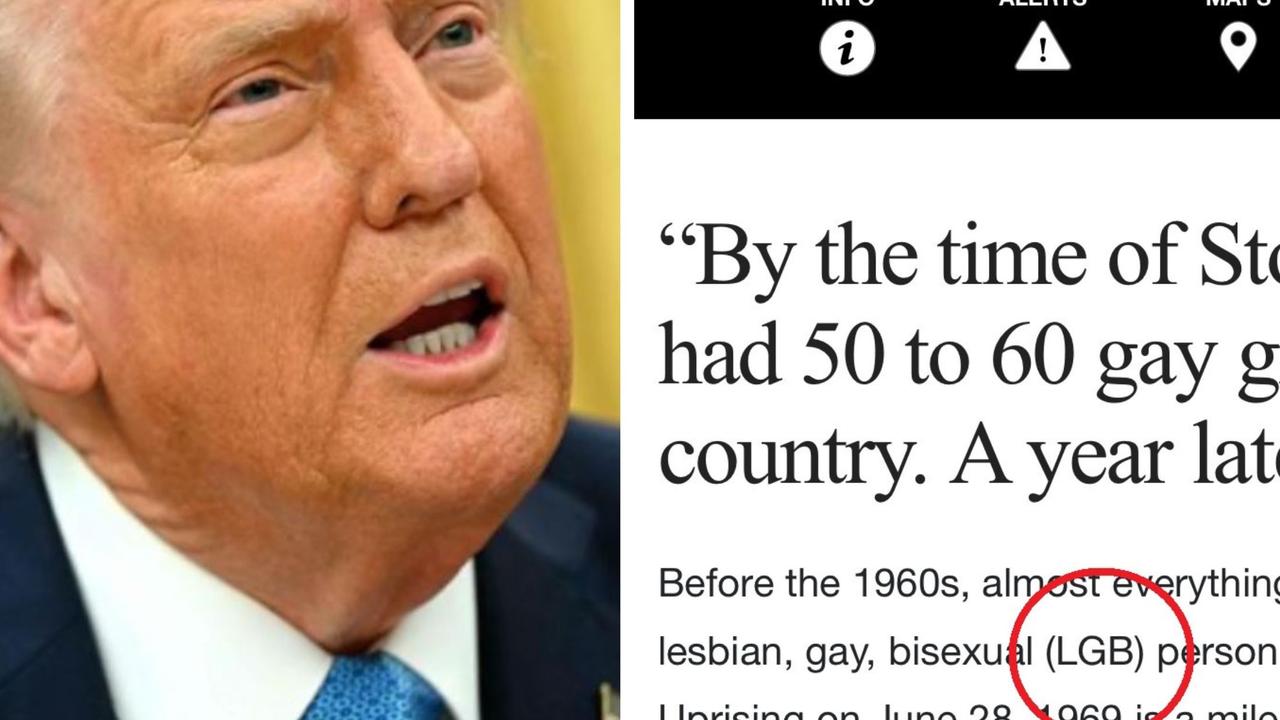Ukrainian soldiers using WWII trick to identify Russian soldiers
A trick used in WWII to distinguish the origins of soldiers is being used by Ukrainians as Vladimir Putin’s war rages on.
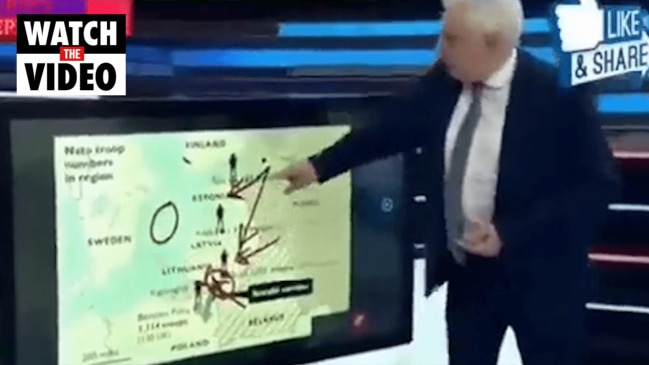
World
Don't miss out on the headlines from World. Followed categories will be added to My News.
In the forests and along the pot-holed secondary roadways on the north western flank of Kyiv, Ukrainian soldiers call out to those wandering about in the falling daylight.
“I say ‘who are you, where you from’ but their answer not clear so I ask something I know will show who they are,” recalls volunteer Ukrainian fighter Voldymyr from his regional Zhytomyr checkpoint.
He asks them to say the word palyanitsa, literally meaning dough or a Ukrainian bread style, and then as back up the word for strawberry.
As strange as it sounds it’s a rudimentary check, to be called out from a safe distance, to determine if one is Ukrainian or Russian depending on their pronunciation.
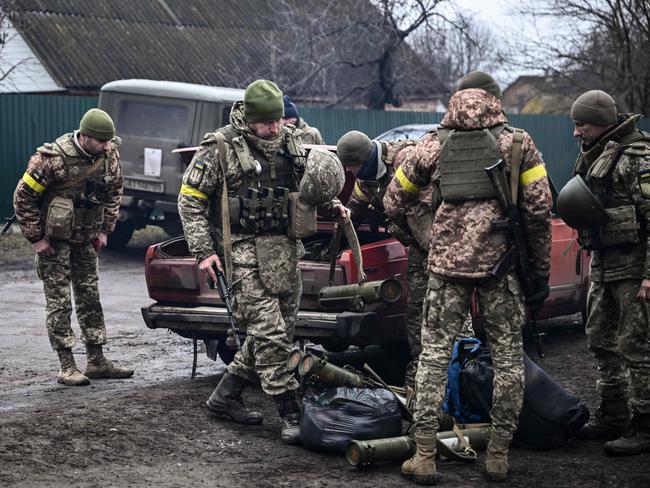
Think Australian and New Zealanders and fush and chups (fish and chips), not easily faked by either national.
It began as a meme after a Ukraine farmer used the test as he filmed an approaching Russian soldier and was not sure but the shibboleth is now being employed by Ukrainian troops largely as hundreds of Russian soldiers look to either surrender or flee the conflict.
Many of the Russians are young, conscripts and had not understood they were going to war with commanders telling them firstly it was a training exercise then a liberation mission.
As at March 11, more than 500 Russian personnel officially surrendered or were caught fleeing their armoured columns.

“I can’t say the exact number,” Ukraine’s president Volodymyr Zelenskyy said this week.
“The number varies. Many of them ran away, many are hiding somewhere in some buildings, some are trying to return to Russia. That is, there is a little chaos there, I would say so.”
So a test of origin is required.
It is not the first time with Dutch troops using the name of a seaside resort of Scheveningen as a shibboleth, or linguistic password, to identify German soldiers during World War 2, the Americans used it to identify infiltrators in the Pacific while Israelis too used terms during conflict with Palestine.
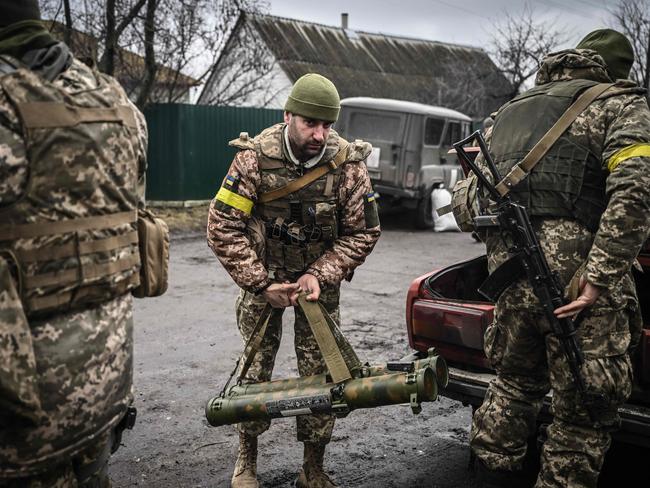
The Security Service of Ukraine on Thursday announced it was soon to launch a new mobile telephone app service for Ukrainian civilians to report Russians trying to flee or indeed movement of troops and hardware to attack positions.
The reports can be made without the need of internet connection through a special app which was being tested this week. An online version was also being created.
“Information received by Bachu.info is automatically sent to the chatbot @Telegram and promptly enters the Ukrainian military,” the Ukraine armed forces said.
PUTIN’S CHILLING NEW INVASION PLANS
A chilling Russian plan to invade three NATO countries – and neutral Sweden – have been revealed by a former general.
The scenario of Vladimir Putin’s forces taking Latvia, Lithuania and Estonia and even territory off Sweden was presented by Colonel Igor Korotchenko, formerly of the Russian General Staff and air force and currently a reserve officer, on Russia’s propaganda network Rossiya 1.
The three Baltic States all joined NATO after the Soviet Union collapsed.
Col Korotchenko said: “This is how the scenario for capturing the Baltic countries might look”.

Using maps in English with NATO troop deployments highlighted he describes how the invasions might be carried out.
At the beginning “a massive Russian radio-electronic strike is inflicted” as “all NATO radars go blind and see nothing”, drawing on the map vivid red lines that show how Russia will then attack.
“At this time, on the Swedish island Gotland, Russian military planes land, delivering S-400 anti-aircraft missile systems, and Bastion coastal anti-ship systems,” he said.
“They are deployed – and for now no-one knows or sees anything. The West wonders: ‘Why do we see nothing? What happened to our radars?,” he said.
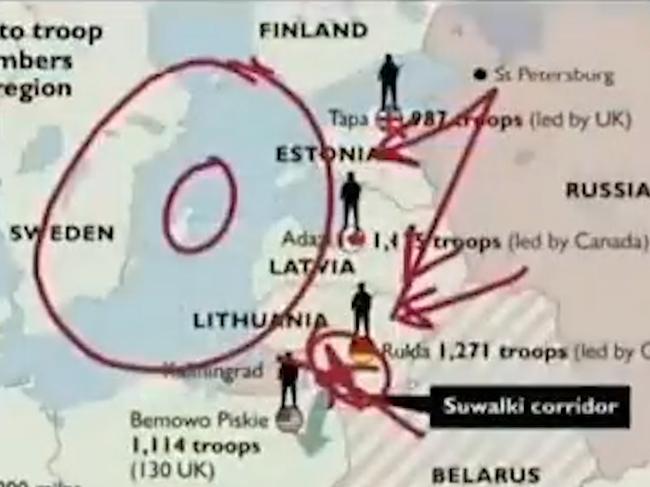
Access would then be blocked to stop help coming from Poland.
“The astonished West and NATO will know that Russia declares a no-fly zone of 400km,”, with the “ entire Baltic Sea” under Russian control.
Special forces from NATO countries would “lay down their arms” because they would be “surrounded”.
The program was broadcast before the Ukraine invasion, but has come to attention now after being posted by a Ukraine government official.
RUSSIA TRIES TO BUY UKRAINE LOYALTY
Russia is offering jobs and security for Ukrainians who agree to be collaborators in occupied territories, which are now broadcasting Russian television channels to introduce “new thinking”.
In the city of Kherson, soldiers have raised Russian flags above public buildings and in some of its outlying towns, notably Kakhovka and Tavriya, locals are being offered jobs within a new police force.
“In the future everyone who pass the selection and prove themselves well are promised employment in these structures,” Russia has stated in public social media advertisements.
Ukraine President Volodymyr Zelenskyy made it a crime for co-operation with Russia and has arrested some leading officials within police forces and administration on charges of aiding the enemy. They face 15 years in jail if convicted.
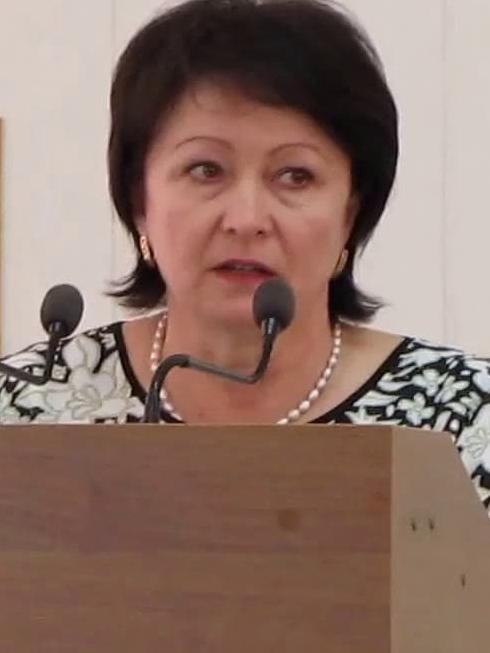

Russia has already installed two pro-Putin mayors in Ukrainian cities.
One mayor, Halyna Danylchenko in Melitopol, demanded the population tune into Russian TV channels being broadcast in Ukraine for “more reliable information”.
“Today we have an acute shortage of reliable information,” Ms Danylchenko said.
“Therefore, from today on the territory of Melitopol and Melitopol district digital broadcasting of Russian TV channels begins. Reconfigure your TVs and get true information.”
Her predecessor Ivan Fyodorov was abducted by Russian troops and has not been seen since.
The Kremlin did the same “Russian switch” in Crimea in 2014 when it ordered clocks to be reconfigured to Moscow time, Ukrainian currency to be swapped for roubles and only Russian TV channels be made available, as it planted a whole new parliament on the peninsula.
More Coverage
Originally published as Ukrainian soldiers using WWII trick to identify Russian soldiers




